Michael Novosad
Reviews By Author
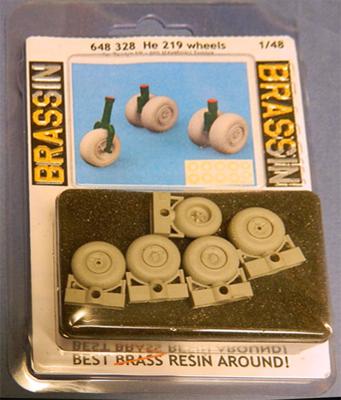
|
He 219 WheelsPublished:
The Tamiya Heinkel He 219 1/48th scale kit has been around for a long time, and in my opinion remains a great kit. I built one several years and was quite pleased with the fit, detail and ease of assembly. I was fortunate enough to obtain a second kit in our local club raffle and began the search for all the "necessary" aftermarket accessories to meet my personal taste. Up to this time the only resin wheels available were the True Details wheel which I used on my first build. I found that CzechMaster offers a set of wheels, cockpit interior and canopy, which may be more than some modelers may need. Contents DescriptionThe… more |
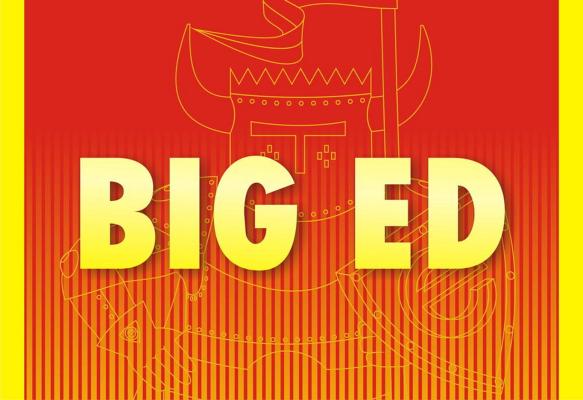
|
F-14A Big Ed Interior, Seat Belts, Canopy Mask, Exterior, and EnginesPublished:
IntroductionMuch has been published on the Tamiya 1/48th scale F-14A Tomcat already. Finally an F-14A kit that is fun to build, with outstanding detail, fit and engineering. By itself, out of the box, the kit build will result in an amazing model. However................many of us cannot leave well enough alone and need to add some aftermarket accessories. Eduard offers aftermarket accessories that are hard to resist no matter the quality of the base kit. With the Tamiya F-14A they have done it again. Personally I prefer to add add photo etch and some resin aftermarket items to many of my builds. When I aquired my Tamiya Tomcat I began to purchase several aftermarket items. When the opportunity arose to volunteer to review the Eduard Big Ed set of photo etch, canopy… more |
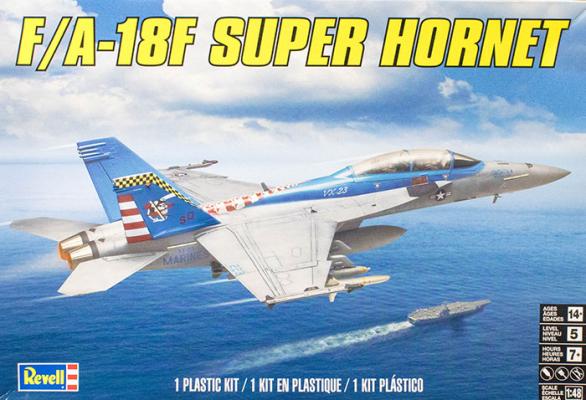
|
F/A-18F Super HornetPublished:
History BriefMuch has already been published regarding the F-18 Super Hornet series, and therefore I will not add to the discussion. However, a great source of information may be found on Wikipedia.org, or modeling web sites. Also "The Modern Super Hornet Guide, The Boeing F-18E/F and EA-18G Exposed" by Jake Melampy, and offered by Reid Publications is an exceptional reference with its many color photographs of the aircraft's details. I used that publication for this build as well as for my earlier Revell F/A-18E and Hasegawa F-18E/F/G model projects. The KitThe kit is packaged in a large box with a lift off lid. There are thirteen parts trees, molded in light gray styrene plus a single tree of clear parts. There are several clear plastic bags containing… more |
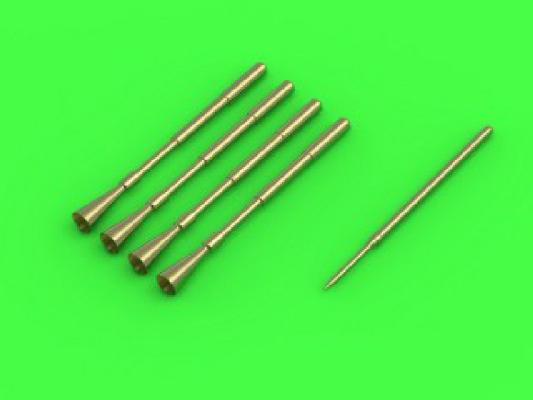
|
A-1 Skyraider - 20mm Cannon Barrels with Flash Hiders and Pitot TubePublished:
Master Model is a Polish company. The owner is Piotr Czerkasow who is a mechanical engineer by trade. Piotr is also a scale modeler. I have used Master Model detail parts in several previous builds, and I have always been more than pleased with the results. Some of the parts in these sets may be extemely small, even in 1/48th scale and require care in handling to avoid loss. I was planning to purchase this particular set for a Tamiya Skyraider that is on my "must do soon" list. Normally kit plastic parts (gun barrels) have blunt ends that must be drilled out for added realism. I find that with multiple gun barrels at least one, maybe two, or three, and sometimes four!! end up with off center openings, looking rather odd as a result. The Tamiya Skyraider kit 61058 dates back to… more |
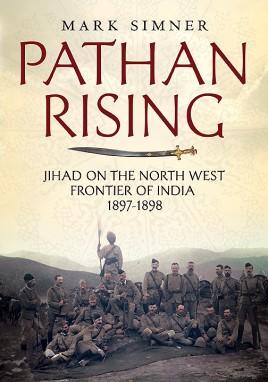
|
Pathan RisingPublished:
From the Casemate Publishing website
|
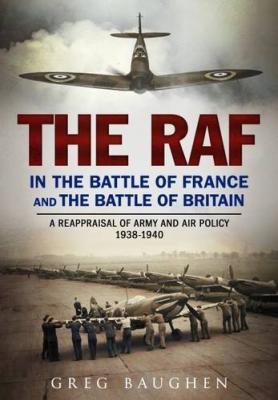
|
The RAF in the Battle of France and the Battle of BritainPublished:
From the website
|
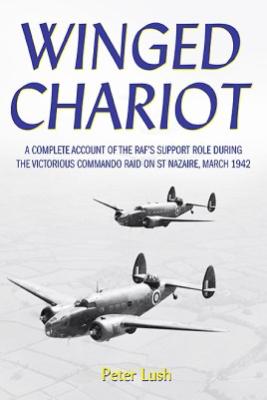
|
Winged ChariotPublished:
From The Casement Publisher's website: "In what has been described as ‘the greatest raid of them all', Operation Chariot saw heavy destruction of the enemy-occupied port of St Nazaire by British forces. Winged Chariot examines the role that the RAF played during this epic raid on 28th March 1942. With focus on the planning and actions of the operation, Peter Lush explores the three functions carried out by the RAF; the sweeping of the Bay of Biscay, the diversionary raid and protecting the withdrawing survivors. He also outlines the importance of the Photographic Reconnaissance Unit to the raid and the development of the Bomber and Coastal Commands particularly through the sorties flown by Coastal Command two days before the attack started. The book also highlights the… more |
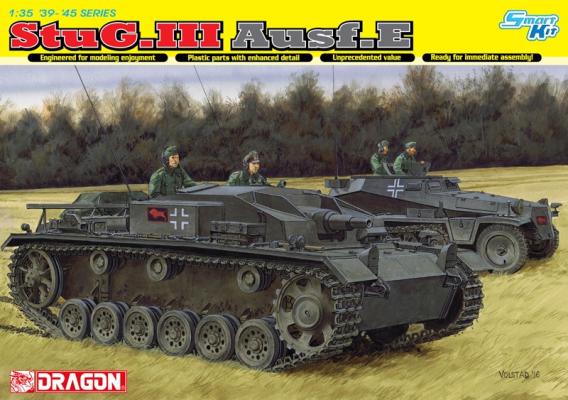
|
Sturmgeschutze III Ausf.E - Smart KitPublished:
History BriefThe Sturmgeschütz III (StuG.III) Germany’s most widely produced AFV of WWII, with 10,619 eventually manufactured. Based on the chassis of the Panzer III, it was cheaper and faster to build since it did not have a rotating turret. The Ausf.E, was armed with the short-barreled, low velocity 75mm StuK37 L/24 gun as preceding marks, and 284 vehicles were produced from September 1941 through to March 1942. This variant’s major improvement over its predecessor was a new armored pannier on the right side of the superstructure to accommodate radio equipment. Increased space inside allowed an extra six 75mm rounds for a total of 50 to be carried. An MG34 was stowed internally, and smaller hinges for the inspection hatches were another distinguishing feature of… more |
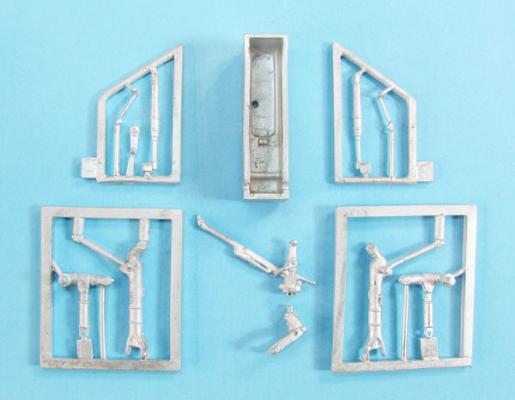
|
AMX Landing GearPublished:
I must confess that I have been somewhat intrigued by the idea of using metal landing gear on my aircraft models for sometime now, but have just never followed through with a purchase. I initially felt the only time metal gear would be truly advantageous with a model that has spindly legs (like the F-105 Thunderchief) or if a particular model is quite heavy with the addition of resin parts or a good deal of nose weight. I am convinced those are the best reasons. However, I am open-minded on the issue. When I had the opportunity to review a set of the SAC landing gear for the 1/48th scale Kinetic AMX I had to give it a go. Contents DescriptionThe parts are packaged in a clear blister pack and have no instructions. Many of the parts are cast as part of a metal… more |
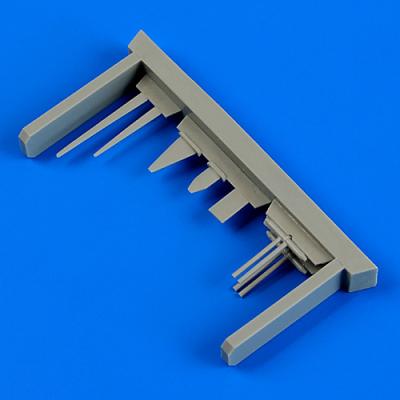
|
F4U-5 Corsair AntennasPublished:
The AircraftThe F4U-5 Corsair was a 1945 design modification first flown in mid-December 1945. It was intended to increase the overall performance, incorporate pilots' suggestions, and featured a more powerful Pratt and Whitney R-2800-32(E) engine with a two-stage supercharger rated at a maximum of 2,850 hp. Other improvements included automatic blower controls, cowl flaps, intercooler doors and oil cooler for the engine, spring tabs for the elevators and rudder, a completely modernized cockpit, a completely retractable tail wheel, and heated cannon bays and pitot head. The cowling was lowered two degrees to help with forward visibility, but perhaps most striking, it was the first variant to feature all-metal wings The Resin PartsInjected-molded plastic… more |
